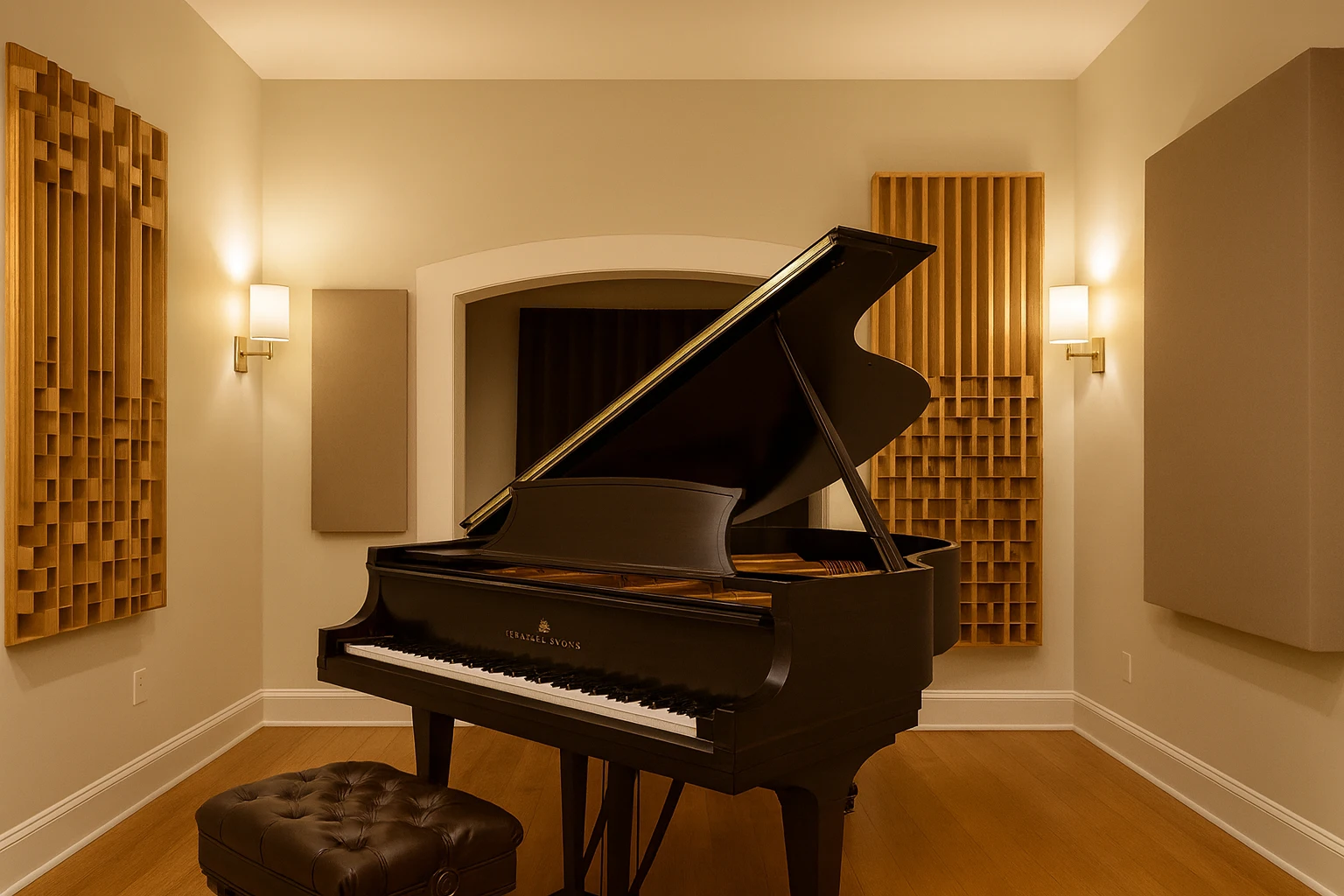What is the Difference between Classical and Acoustic Guitar Lessons?
Many families ask us about the difference between taking classical guitar lessons, versus traditional acoustic guitar classes. While both are great to study, there are some big differences, and the temperament of the student, level of discipline and musical interests must be considered.Generally, classical guitar requires a much stronger technical foundation, and is more structured and precise. Acoustic guitar classes often center around reading guitar tabs and simple accompanimental chords, (such as found in most pop music). Classical guitar lessons on the other hand focus on the guitar as a solo instrument, which increases the demands on the performer,( often chords and harmony plus melody). One definite advantage for classical students is they will really understand the structure of music in much more depth. Classical Students will need to be able to read music, understand chords, harmony, intervals and scales. This makes classical guitar a great foundation for branching into all other guitar styles, and even into composition.Acoustic lessons by contrast are less demanding, and can be more improvisational and creative. The process of simply playing can come with less obstacles. With acoustic there is the option of singing while playing, something rarely seen in the classical guitar world.
Sound
The classical guitar is generally mellower, while the acoustic is a bit harsher, and brighter. The classical guitar is softer, making it perhaps a more pleasant instrument to hear in practice.
Strings
While many acoustic guitars have steel strings, classical guitars have nylon. Nylon strings are much easier on the fingers. This is especially good for younger beginners, who can become frustrated with steel strings.
Body
The classical guitar body is generally smaller and more portable. This design is much older than the modern acoustic.
Seating
One of the big differences is how you sit these guitarsWith a classical guitar, you will put your leg up on a small stool, so that the guitar is elevated at an angle. This takes some practice to get used to. The acoustic guitar is held much more horizontally, and without the need for one leg to be higher than the other, and is very comfortable.



Music Choices
Perhaps the biggest difference between classical and acoustic is the Repertoire that is best suited to these instruments. As mentioned earlier, it's very important to consider the music that will be studied before jumping into classical or acoustic guitar, because the student will have to spend a lot of time in certain styles. With classical guitar, the student generally learns much older music, such as the work of Dionisio Aguado (1784-1849), the spanish composer, and of course Johann Sebastian Bach (1685-1750). Also old Celtic and folks songs may be learned. Acoustic guitar may be better for the student that really loves pop music, and wants to learn the Beatles, Coldplay or Ed Sheeran. That said, because acoustic guitar is often an accompanimental instrument, (chords and harmonies rather than melodies), The student should consider learning to sing to create a more fulfilling experience. The skill of playing the melody of the music along with the chords and harmonies, is a little more classical guitar method. Sometimes a mixture of classical and acoustic techniques is the best choice. Before beginning study, talk with the instructor about the students goals and what music style is most likely going to get them motivated.
A brief History of the Classical Guitar
The guitar in its many forms can be traced back over 4,000 years.The first mention of the word guitar is found in literature as far back as the 13th century. That said, the the classical guitar as we know it, seems to have originated in spain in the early 16th century, and was probably derived from the Guitarra latina, a medieval instrument with four strings. This early guitar was much narrower and deeper than our modern classical, and was related to the vihuela, a guitar like instrument of Spain that often replaced the lute.These guitars had fours courses of strings, with three of them double, that attached from a peg similar to the violin. These instruments were tuned differently from the modern classical, much lower in fact. From the 16ht century to the 19th, a fifth string was added, and then eventually the sith string. In the 18th century, the double strings were replaced by single strings, and finally the EADGB tuning, which is the standard to this day.
Our Instructors
Here at angeles academy, we are fortunate to have a few instructors that really specialize in classical guitar. Our instructor Alex, was the student of Christopher Parkening, perhaps one of the most famous classical guitar players in the world. George studied classical guitar at Berklee College of music in Valencia, Spain. Both of them are specialists in classical guitar technique.
.svg)
.svg)
.svg)
.svg)
.svg)
.svg)





.svg)